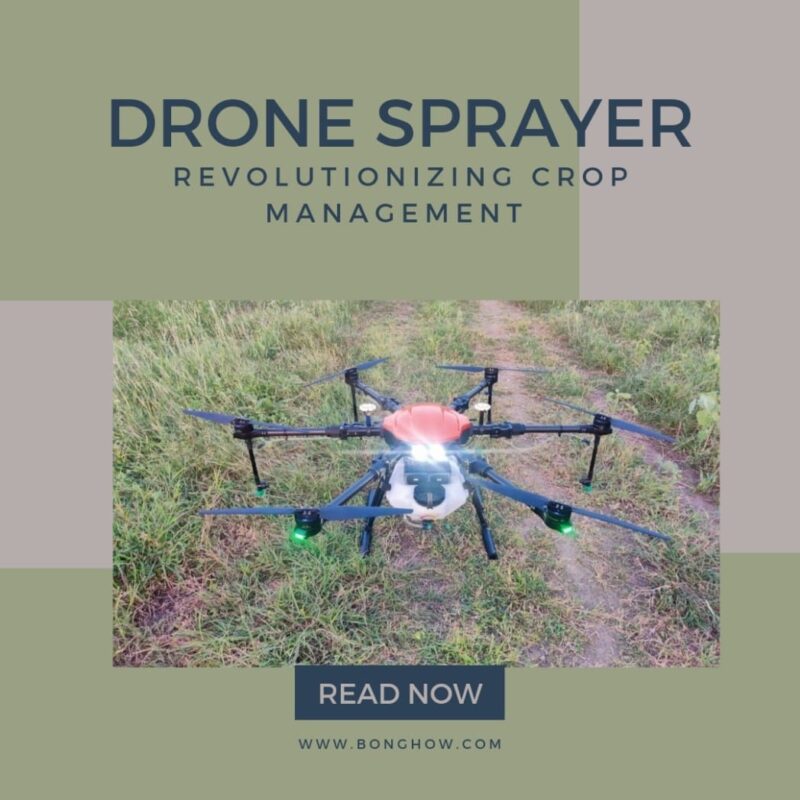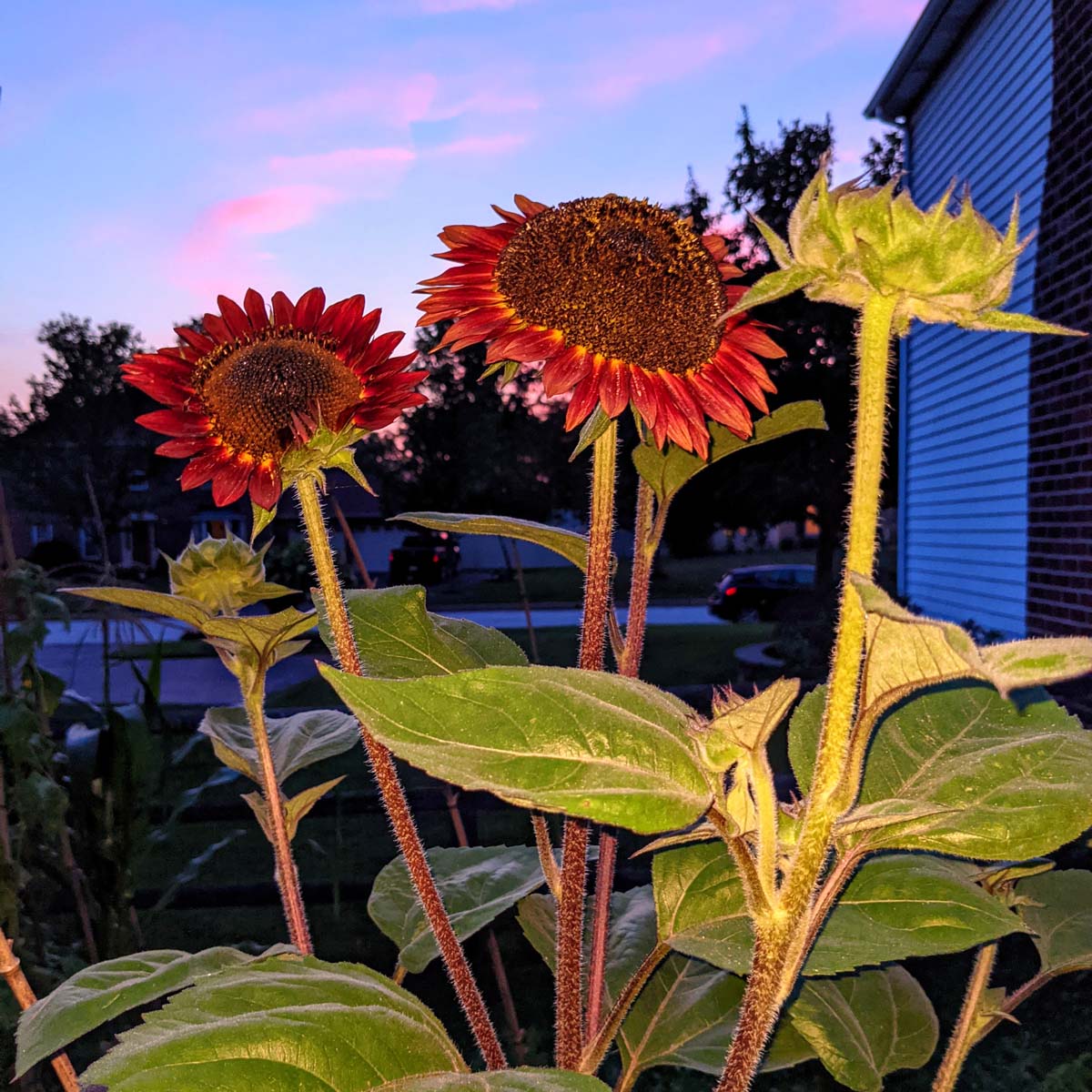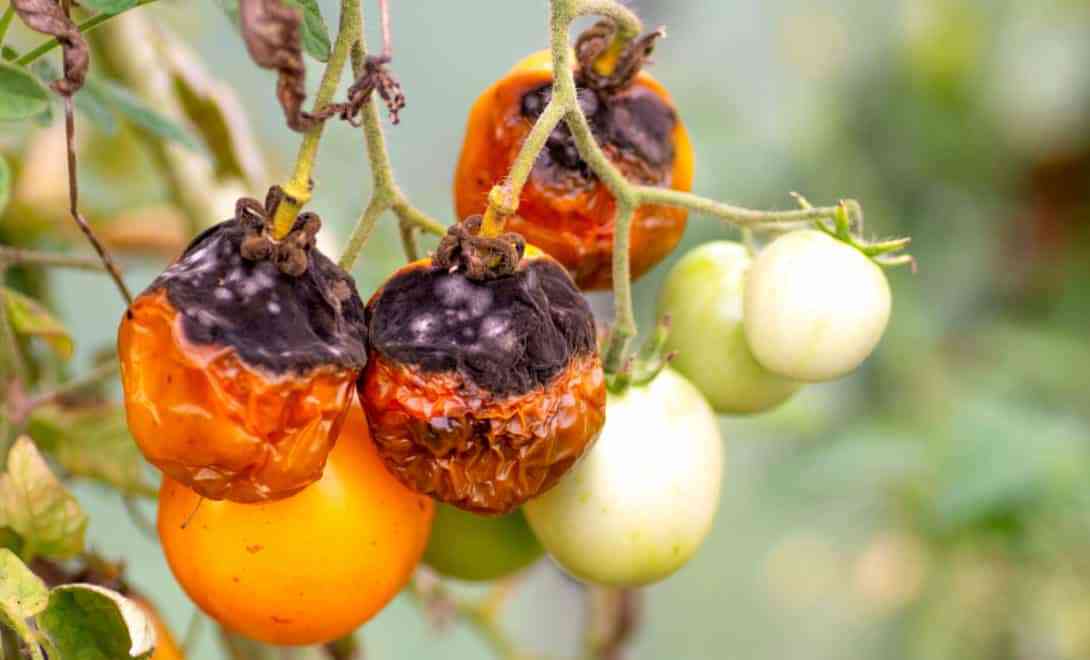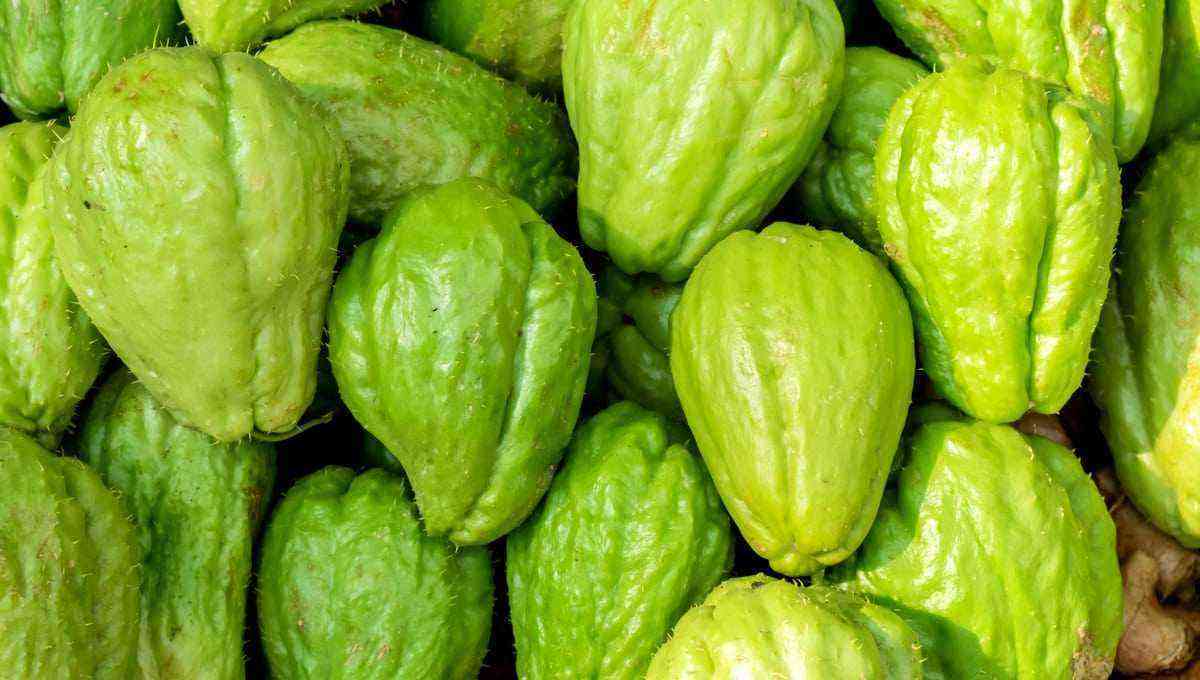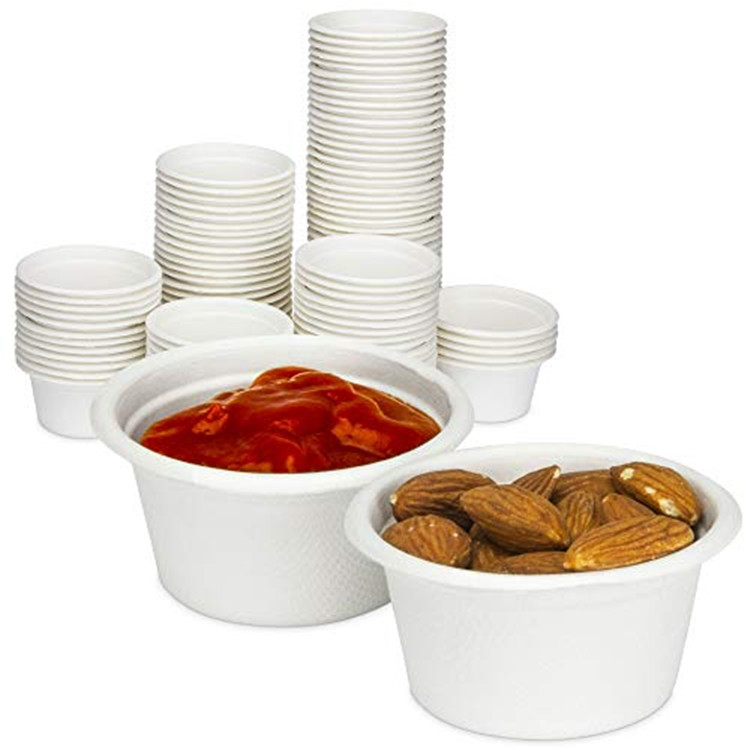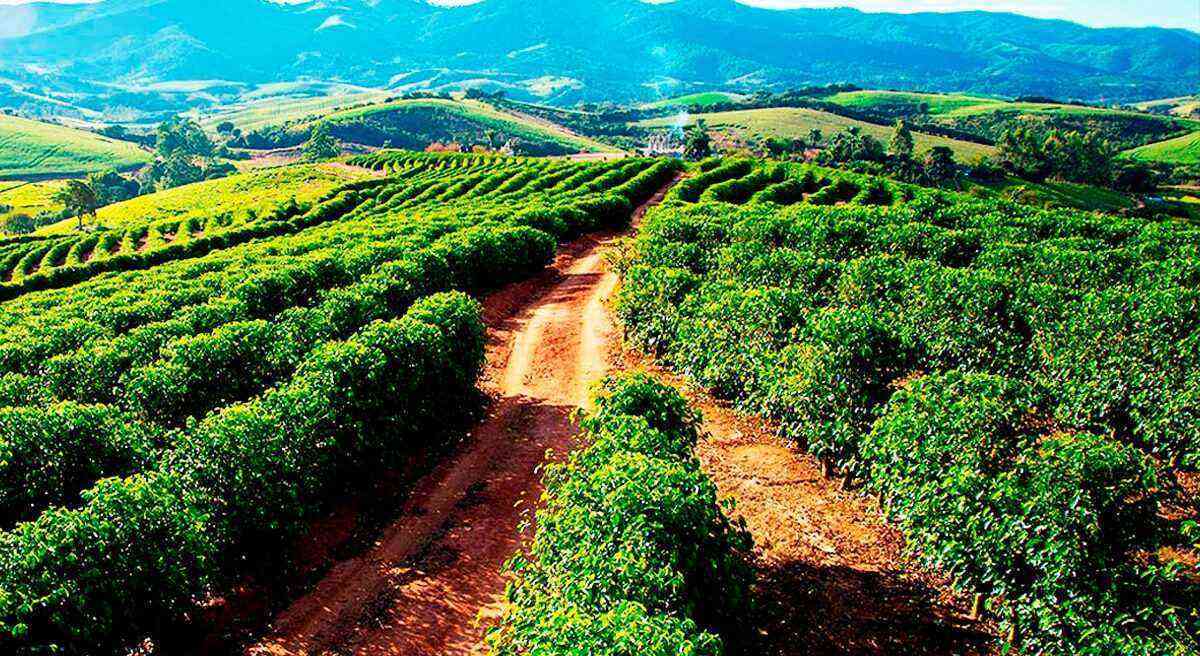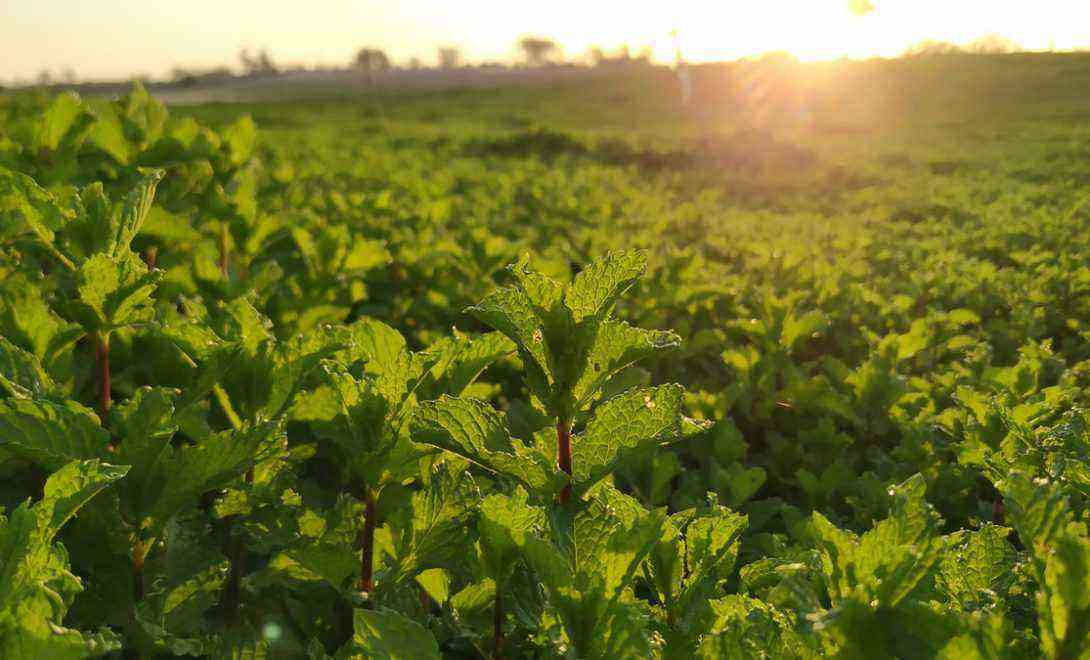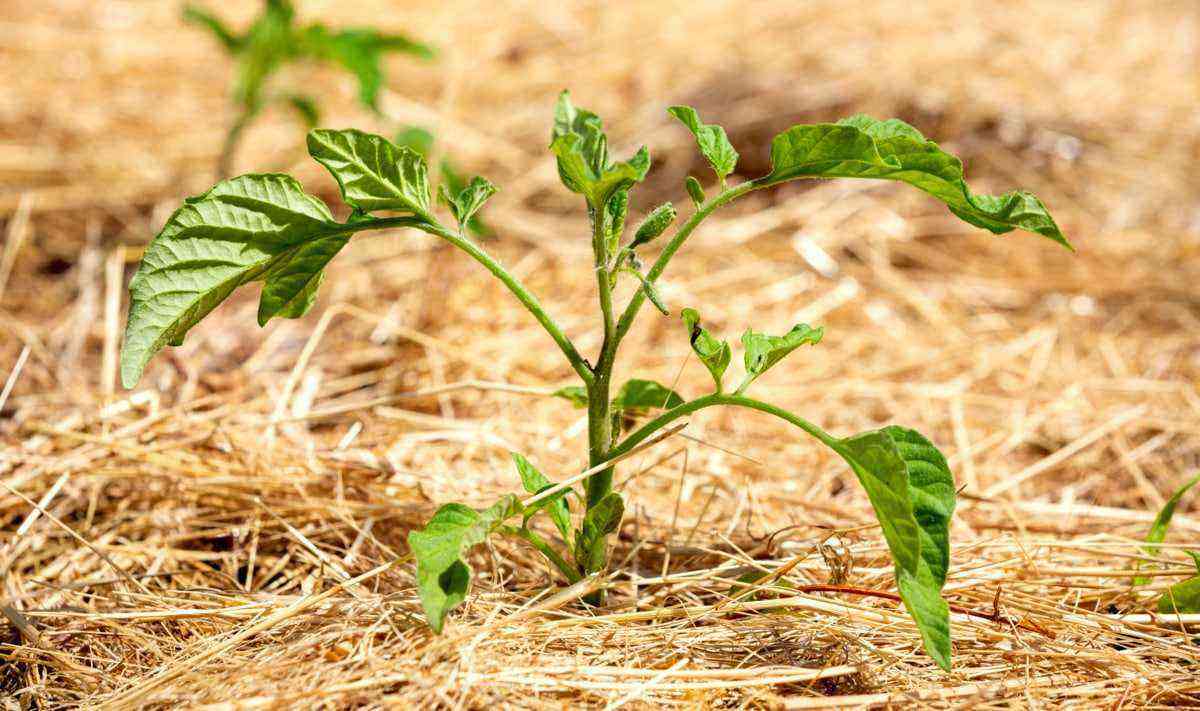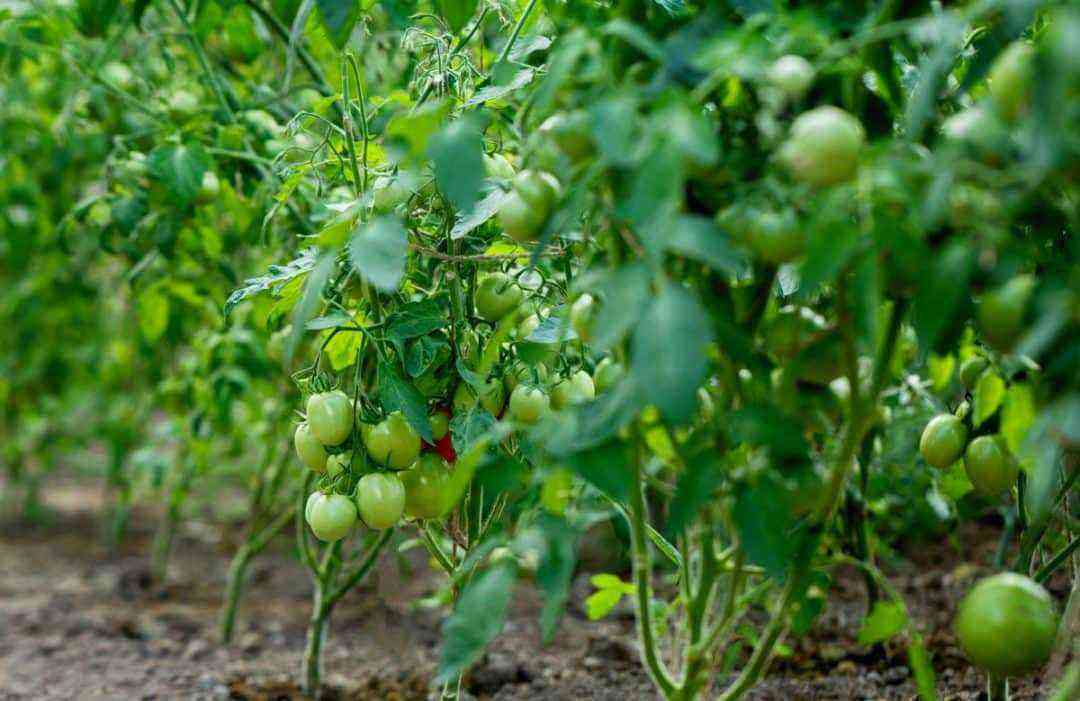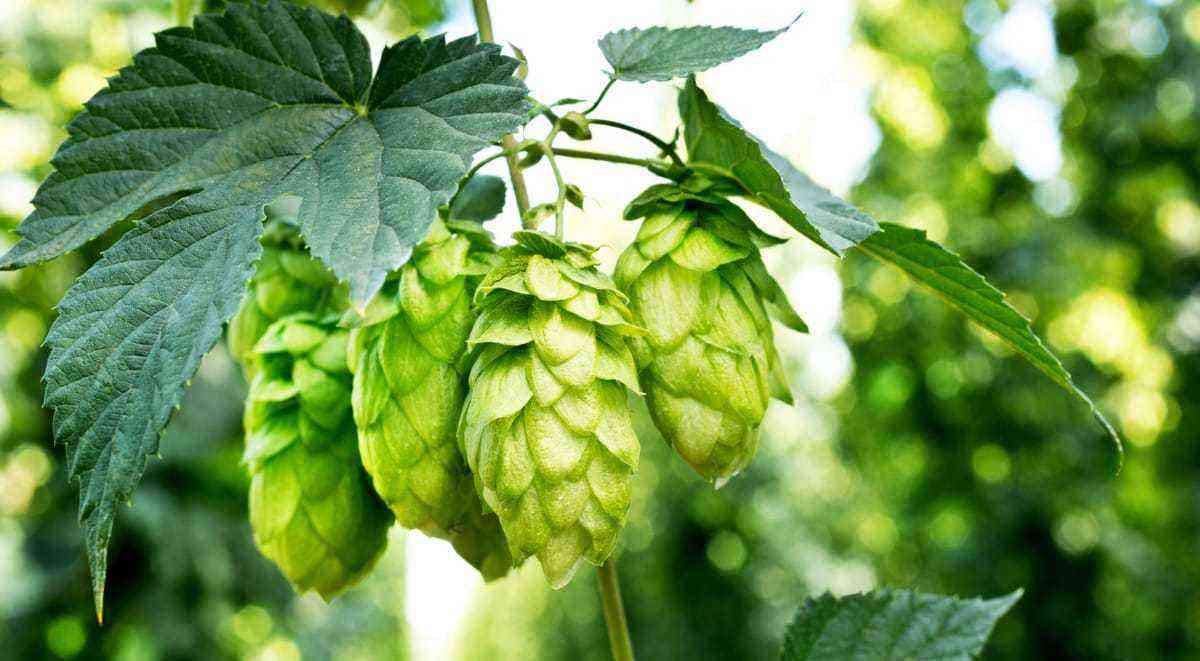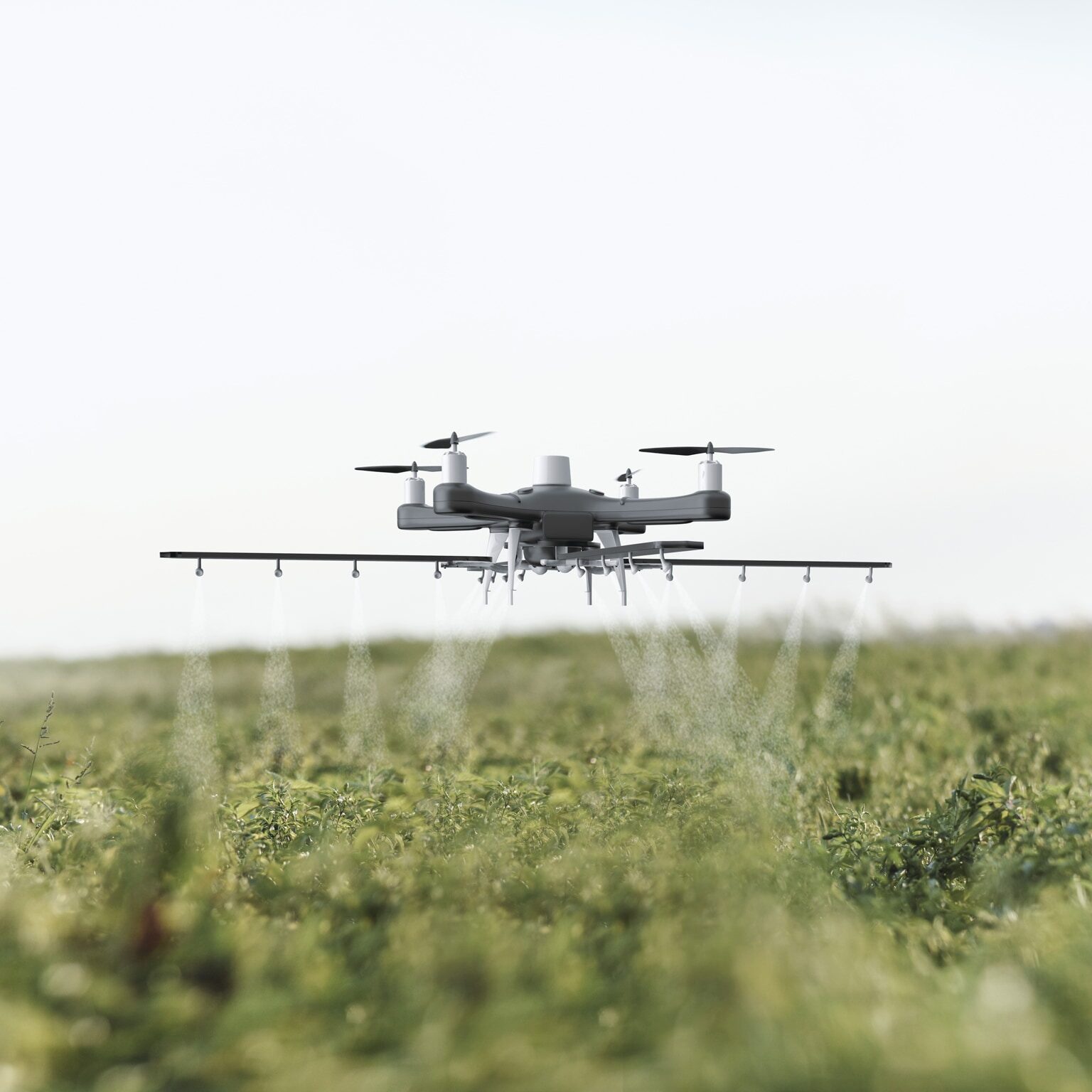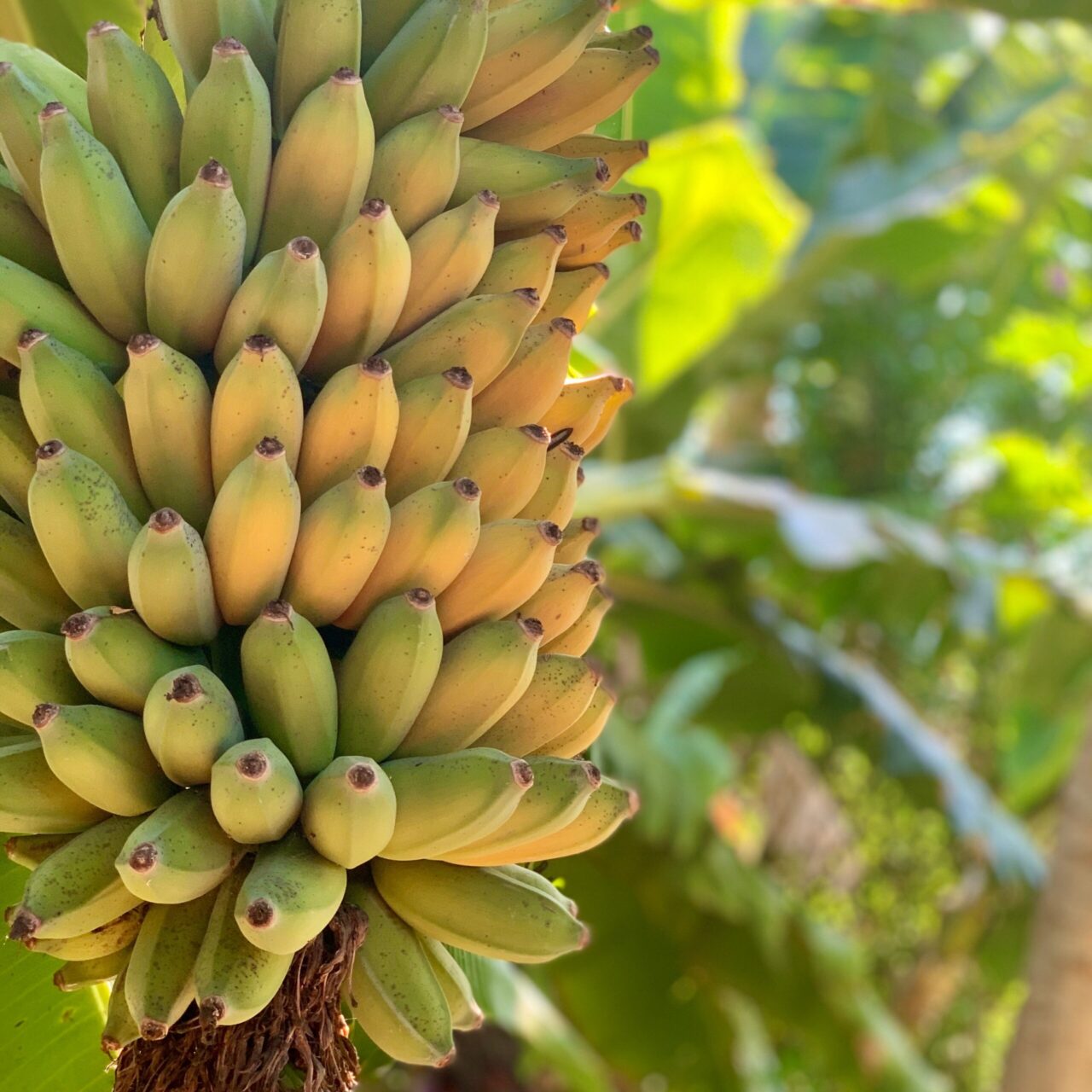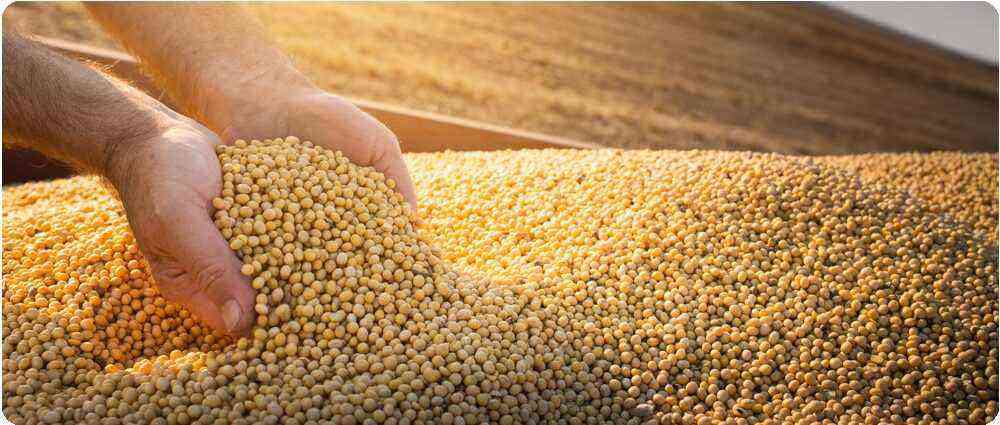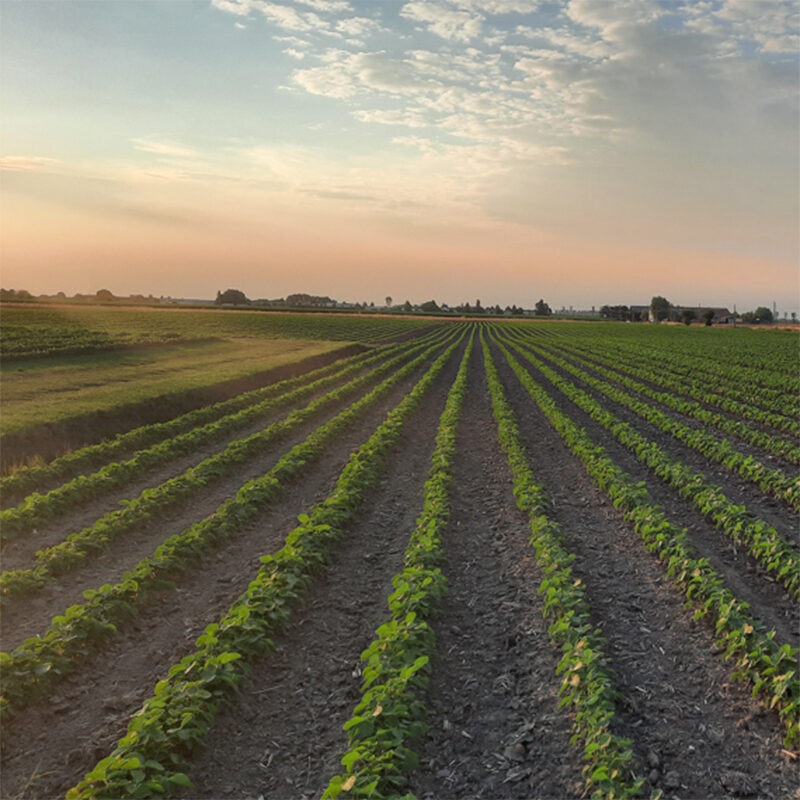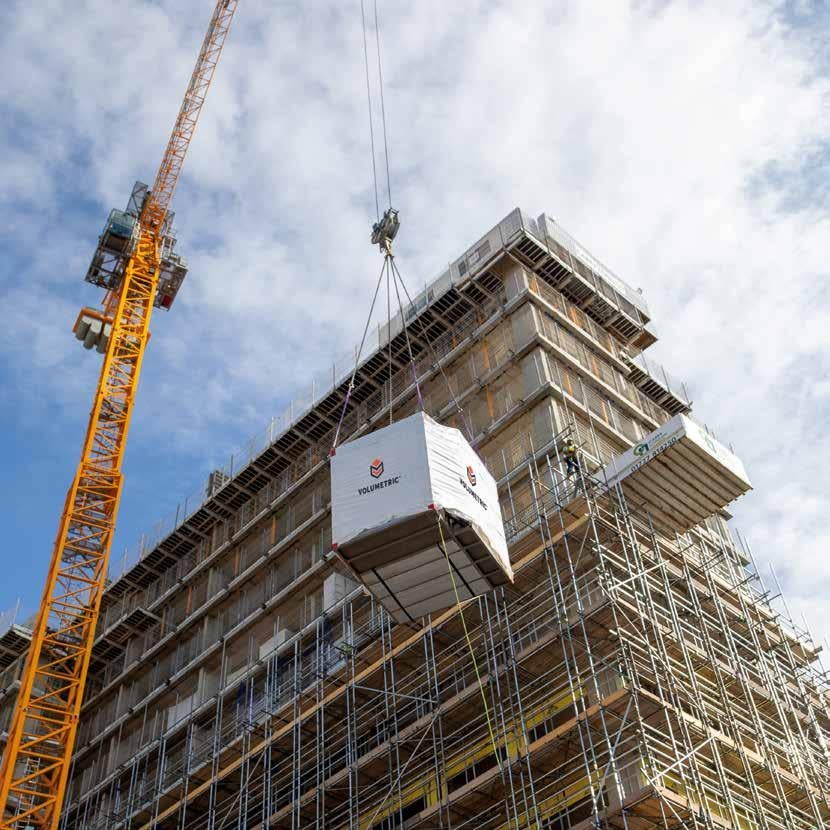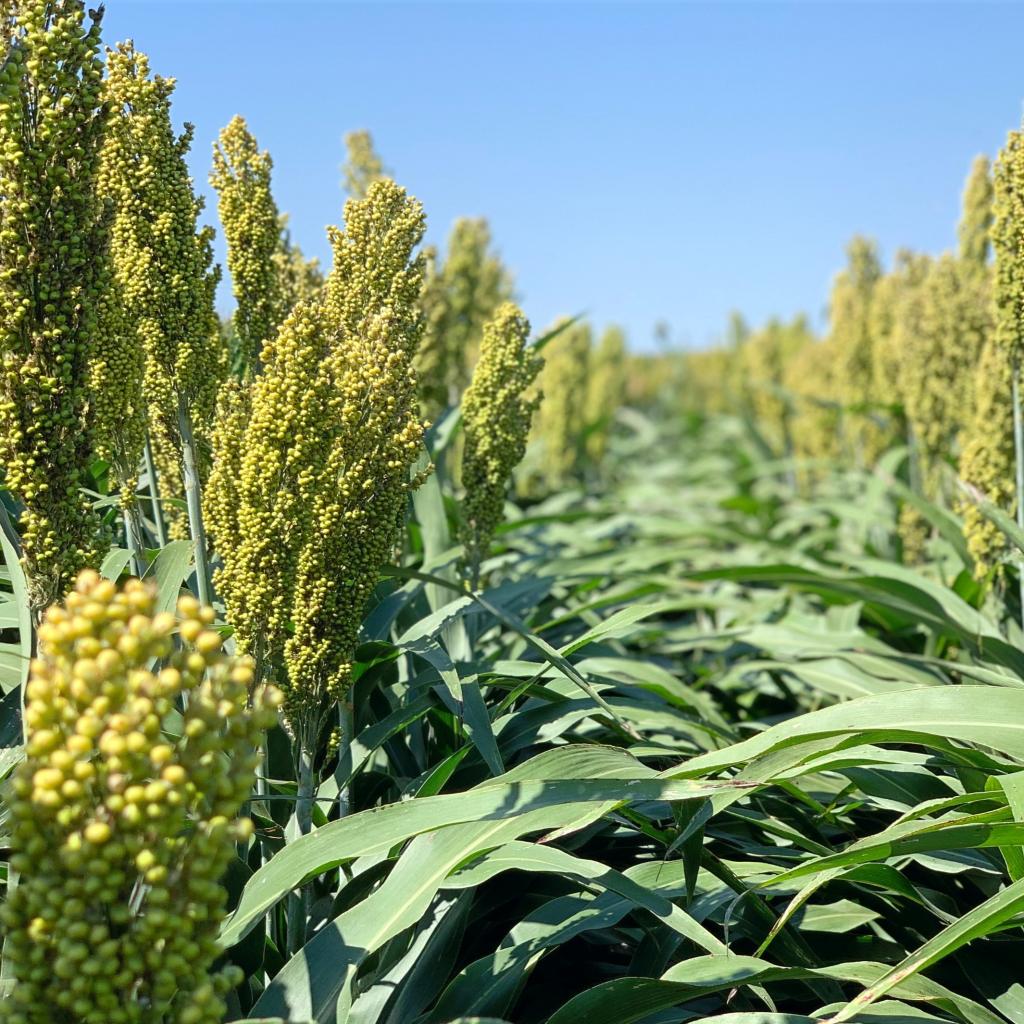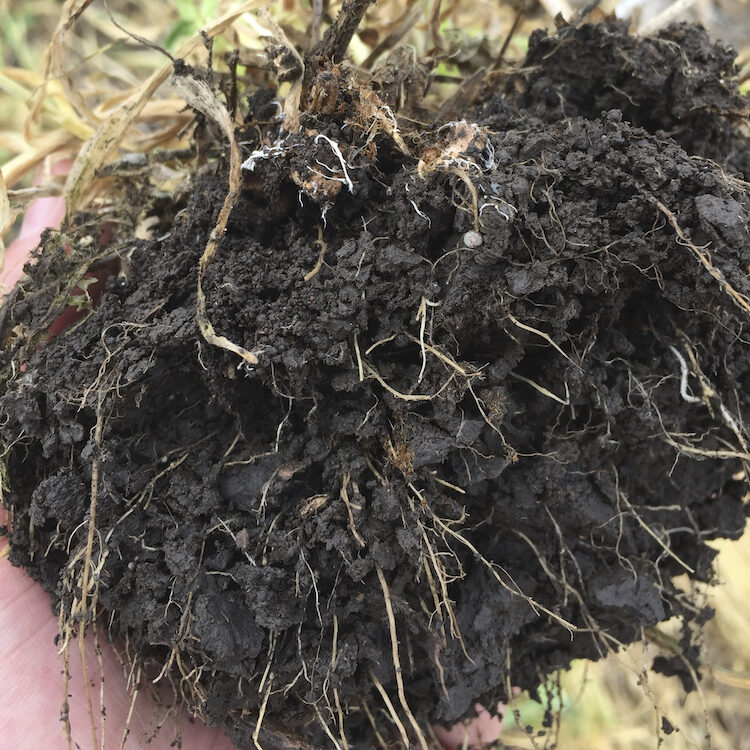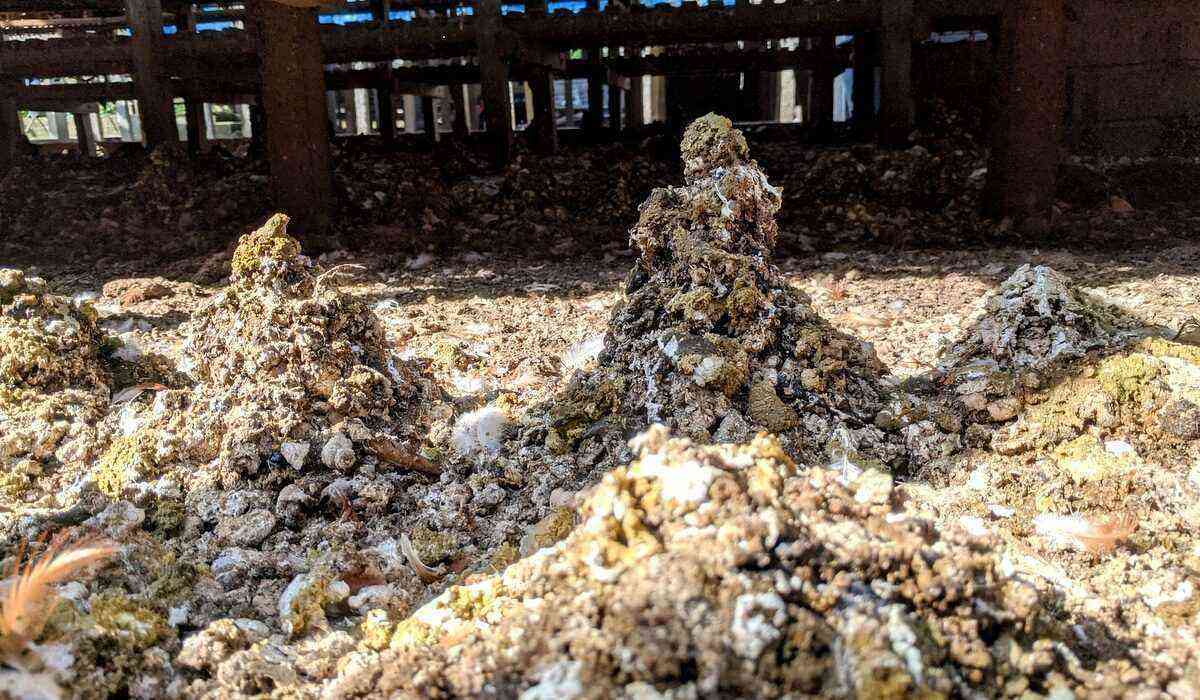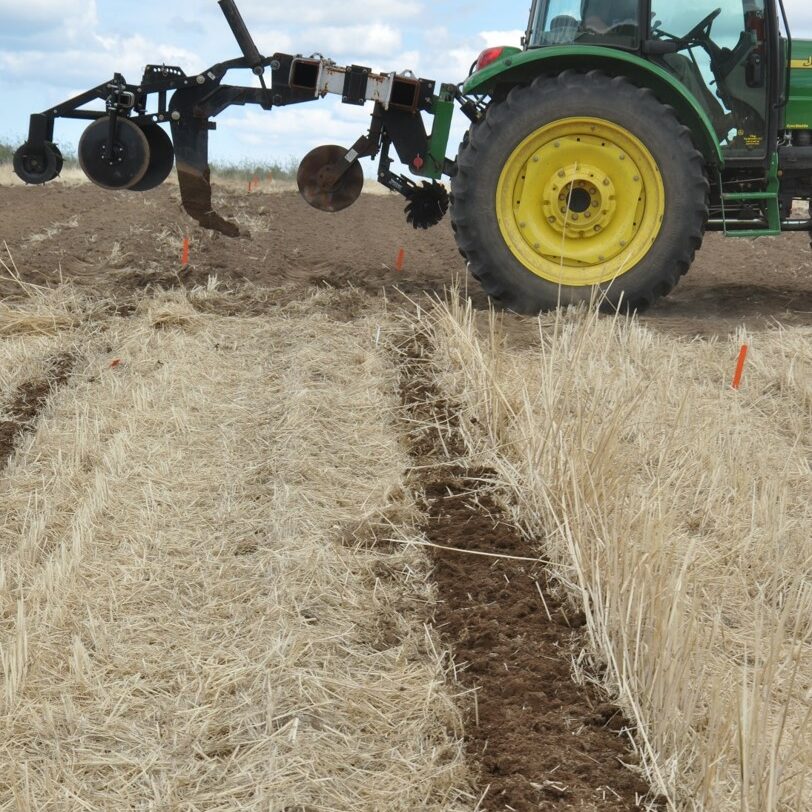The recognition and appreciation of Family Farming in Brazil has grown in recent decades, driven by government policies and programs to encourage production, marketing and allocation of financial resources to the sector.
Do you know what that expression means? Family farming consists of an agricultural production system, based on the activities of rural producers on small properties, with the use of family labor.
The segment is responsible for producing 70% of the food consumed by Brazilian families, according to data released in 2019 by the Ministry of Agriculture, Livestock and Supply. The numbers correspond to 70% of beans, 34% of rice and 38% of coffee, for example.
If you want to understand a little more about the term and the characteristics of this type of production, in our blog we talk about the importance of Family Agriculture for the Brazilian economy and its role in the population’s access to quality food.
Get to know some government programs for the development and strengthening of Family Agriculture in the country.
National Program for Strengthening Family Agriculture (Pronaf)
Launched in 1995 by the federal government, Pronaf aims to provide differentiated service to small rural producers, who rely only on their own workforce and their families to perform tasks in the countryside.

Happy farming family on their livelihood land
The program aims to integrate the family farmer into the agribusiness ecosystem, the incorporation of technological innovations into the production system, the continuous training of producers, the appreciation of properties and products and, as a consequence, the increase in income generated by the activity.
Actions include the granting of financing lines for funding, sales and investment, with the application of taxes, conditions and payment terms adapted to the context in which small producers live.
Among the available lines of credit are:
– Agribusiness
– Industrialization for Family Agroindustry
– cost
– Agroecology
– Forest
– More food
– Young
– Woman
– Microcredit
– Productive
In addition, the benefits of Pronaf are increased productivity, based on the rationalization of land use; the evolution of the quality of life of producers and their families; and the provision of funds for the subsequent harvest, with the extension of credit for up to 5 years, in the case of non-defaulting producers.
National Land Credit Program
Called “Terra Brasil”, the government credit program is aimed at the acquisition of rural properties by small producers, who have little or no access to land.

The Program promotes the acquisition of land as well as the development of agricultural activity
The financing covers both the purchase of the property and the subsidy for activities considered fundamental for the development of the work in an autonomous way: the organization of the place, the elaboration and implementation of the productive project and, still, the contracting of Technical Assistance and Rural Extension ( ATER).
To be a Terra Brasil beneficiary, a worker cannot own property (or have little land), must be between 18 and 65 years old and must have proven experience in rural areas of at least five years in the last 15 years.
Furthermore, civil servants, settlers and producers favored by programs financed by the Land Fund for Agrarian Reform cannot participate in the initiative.
In total, there are three lines of credit available, segmented based on the profile (region of residence and annual income) and family assets of the farmers, subject to different resource ceilings and payment terms.
Food Acquisition Program (PAA)
Created in 2003, the program aims to promote Family Farming and access to quality food. This is done through the purchase of products of this modality, by public bodies, without the obligation to go through bidding processes.
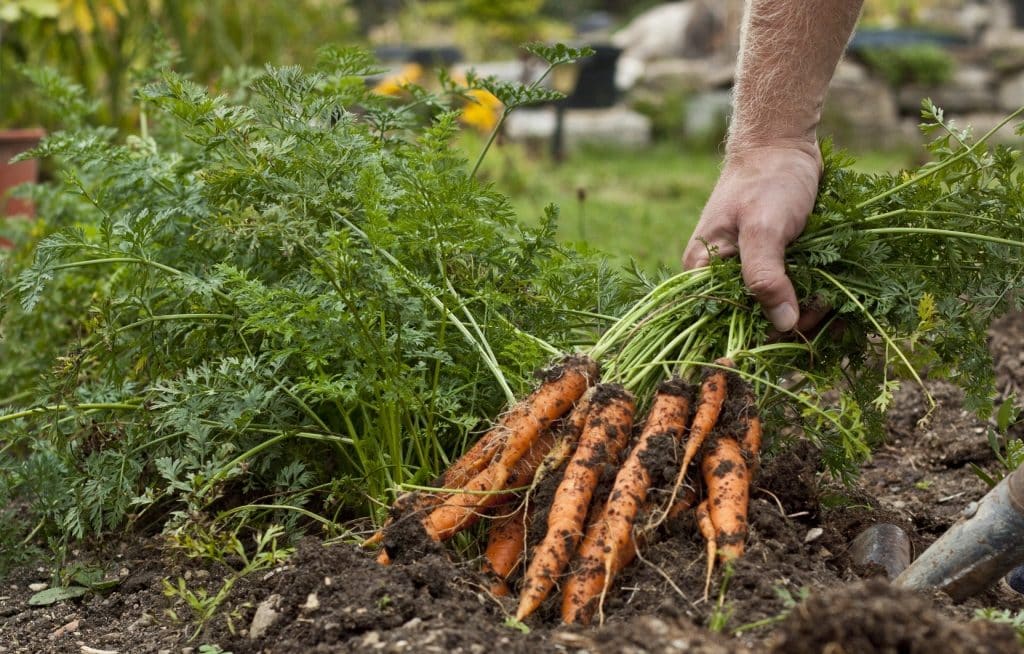
Public bodies promote family farming, being able to buy without bidding
On the one hand, the PAA makes it easier for individual producers, cooperatives and associations to sell items. And, on the other hand, it provides reliable food to the population in a situation of nutritional insecurity, served by the assistance network and the public education network.
The government program encompasses six categories: Institutional Purchase, Purchase with Simultaneous Donation, Direct Purchase, PAA Milk, Stock Building and Acquisition of Seeds. In 2019, in the institutional purchase modality alone, more than BRL 285 million were made available.
National Policy for Technical Assistance and Rural Extension (Pnater)
Created in 2010, Pnater’s purpose is to promote sustainable rural development, support economic activities focused on local potential, and build sustainable production chains supported by scientific knowledge.

The Program aims to bring knowledge and technique to family farmers
Among its goals are also: the development of actions aimed at the use, protection, conservation and recovery of natural resources; the incorporation of technological innovations into the production chain and the expansion of professional training suitable for rural areas.
Family farmers, rural family businesses, agrarian reform settlers, indigenous peoples, quilombolas and traditional communities can benefit from Pnater.
The policy, which was instituted based on demands from Family Agriculture, is in the process of being reformulated to also cover small and medium-sized farmers who do not meet the Pronaf criteria.
National Rural Housing Program (PNHR)
The PNHR was conceived in 2009 by the federal government as one of the components of Minha Casa Minha Vida. Its main purposes are to reduce the housing deficit in the countryside and provide decent housing to family farmers and rural workers.
The program provides grants for the construction of a new home, as well as the renovation or completion of an existing home. Its beneficiaries also include indigenous, quilombola, riverside and extractivist communities.
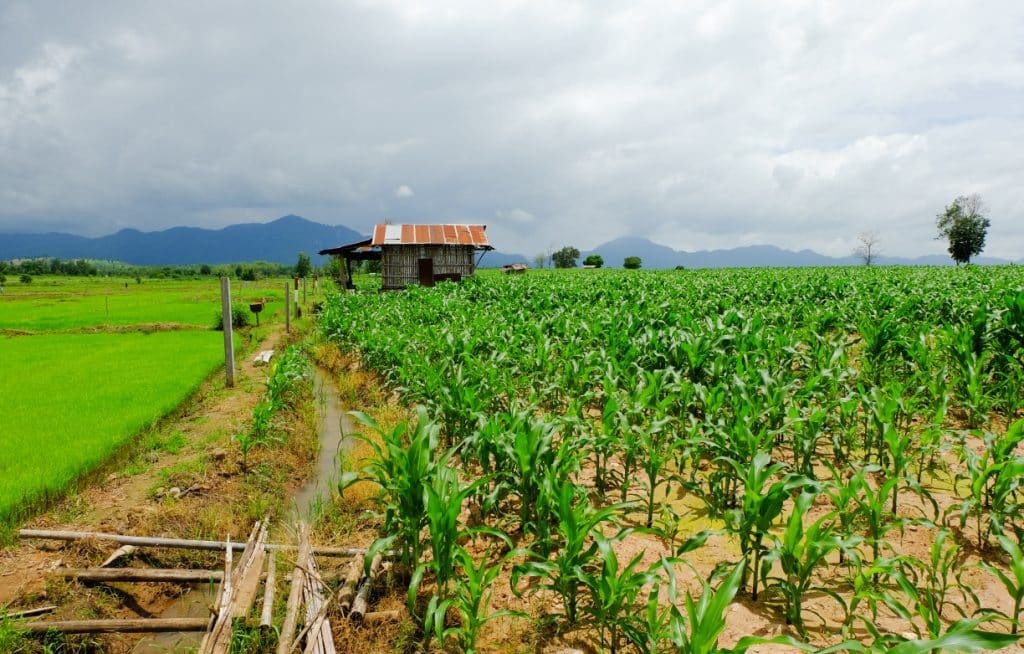
The program aims at decent housing for the farmer, including renovating existing housing
other programs
In addition to the five initiatives presented, the set of government programs to encourage Family Farming also includes: the National Program for the Production and Use of Biodiesel, the Biodiesel Action Management System, the Bioeconomy Brazil Program – Sociobiodiversity and the program to support Family Agribusiness.
As part of the news in the segment, the Minister of Agriculture, Tereza Cristina, announced in April this year the resumption of a specific Crop Plan for Family Agriculture in 2020/2021. The decision responds to a claim by the National Confederation of Rural Workers and Family Farmers (Contag).
Did you like the tips on programs to promote Family Farming? So why not read other articles on our blog or browse our main page?


